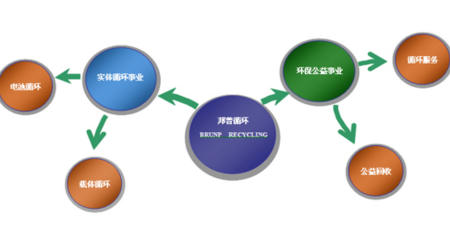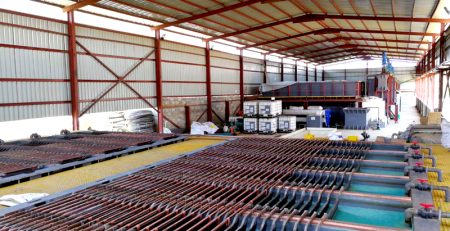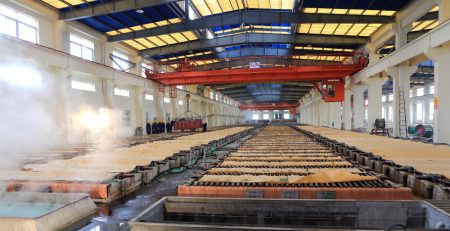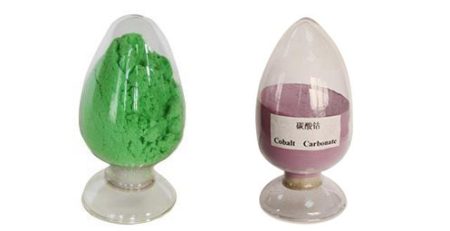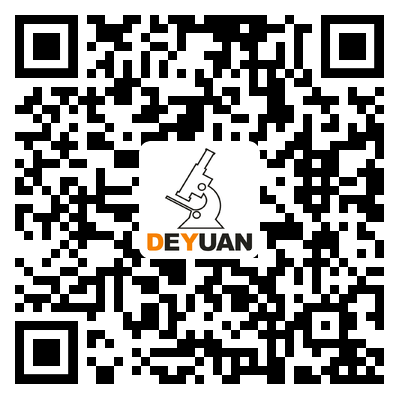Regeneration Technology for Spent Fuel Rods in Nuclear Power Plants
With the rapid development of China’s economy, energy demand is also constantly increasing. As a clean and efficient form of energy, nuclear energy has become an overwhelming choice in China. Like other types of power plants, nuclear power plants will produce a large number of spent fuel rods when generating power. These rods can be recycled through the reprocessing process and continue to be used for power generation in nuclear reactors to maximize the use of resources.
In addition, due to the lack of sufficient storage space and management capabilities, spent fuel rods have become a potential threat to environmental pollution. Therefore, research and development of spent fuel rod regeneration technology is particularly important.
Wet extraction technology is one of the most commonly used methods in the regeneration process of spent fuel rods. This technology extracts uranium and other reusable elements from spent fuel rods through specific solutions and uses them in new nuclear reactors. This technology has the following advantages:
1. High resource utilization rate: The wet extraction technology can extract important elements from spent fuel rods, so that these elements can be used again in new nuclear reactors, so as to achieve the purpose of resource recovery and conservation.
2. Environmentally friendly: Spent fuel rods contain a certain amount of radioactive substances, and wet extraction technology can separate these substances, minimizing the impact of processed spent fuel rods on the environment.
3. Mature technology: Wet extraction technology is one of the longest used nuclear fuel regeneration technologies in history, with a mature technical route, simple operation, and widespread application in industrial production.
The traditional wet extraction technology has the following drawbacks:
1. Low efficiency: The efficiency of wet extraction technology in extracting important elements is usually low, requiring a lot of time and resources to obtain sufficient reusable elements.
2. Difficulty in handling: The waste treated with wet extraction technology contains a large amount of radioactive substances, making it difficult to handle and store.
3. High safety risk: Wet extraction technology itself is a high-temperature and high-pressure process, which can easily lead to accidents if safety management is not strengthened.
On the basis of wet extraction technology, there are many supplementary technologies that can improve regeneration efficiency. For example, acid gradient precipitation technology, electrochemical reduction technology, solvent extraction technology, etc.
Overall, wet extraction technology is a mature and widely used spent fuel rod regeneration technology. We have developed DY301 and DY302 extractants specifically for this purpose, which can solve these problems and improve their regeneration efficiency and safety. We hope that relevant departments can cooperate with us to make wet extraction technology play an important role in the field of nuclear fuel regeneration through repeated practical testing and technical adjustments.
We special to focus on R&D metal extraction reagents, our major products as below:
- DZ988N/DZ973N/DZ902 copper solvent extraction reagent.
- DZ272 Nickel, cobalt, manganese, and magnesium separation extractant.
- DY319 high efficiency nickel cobalt co extraction extractant.
- DY377 efficient nickel and diamond separation extractant.
- DY366 new advanced nickel cobalt extractant.
- P204 (D2EHPA or HDEHP) extractant.
- DY301, DY302 for nuclear spent fuel recovery.
- Other extraction reagents for Vanadium extractant, Lithium extractant, Ferro extractant and rare earth extractant.


